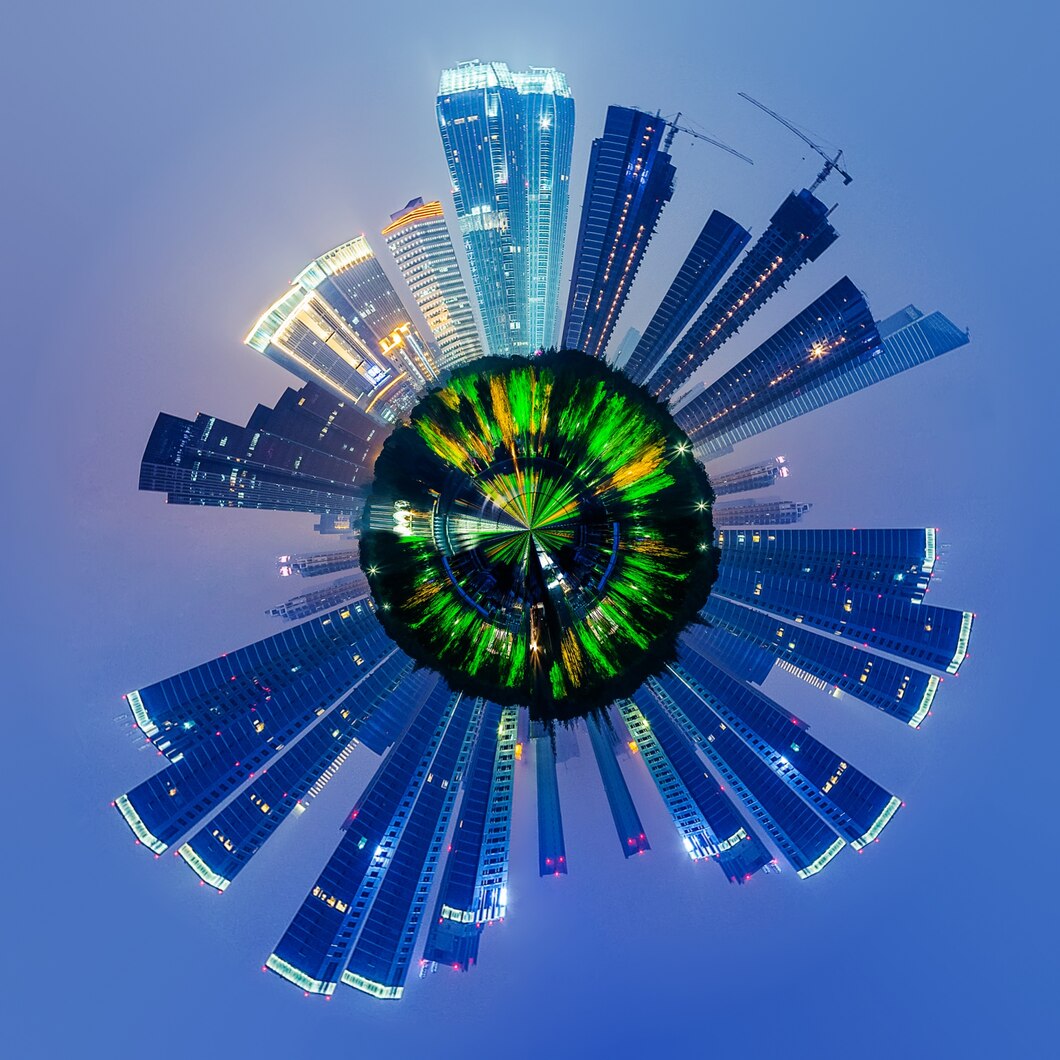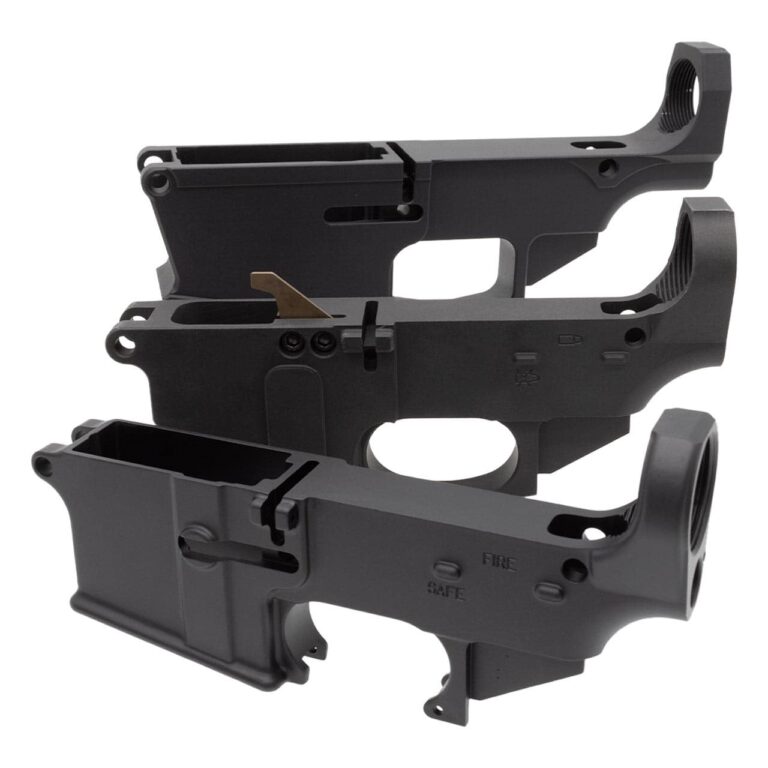Revolutionizing Skylines Innovations Steering High-Rise Construction
This blog explores the evolution and future of high-rise construction, highlighting innovative techniques and practices that are transforming the industry. It reflects on historical advancements in design, engineering, and technology while offering insights for architects, civil engineers, and construction stakeholders on creating more sustainable, efficient, and impressive skyscrapers.
The Evolution of High-Rise Construction
The story of high-rise buildings began with the demand for more space in congested urban areas. The vertical growth of cities was initially driven by the invention of the elevator and the advancement of steel framing techniques. Early skyscrapers, like the Empire State Building, symbolized a new era of architectural ambition, pushing the limits of height and design.
Over the decades, as materials and technologies advanced, architects and engineers gained the freedom to experiment with bolder visions. The introduction of computer-aided design (CAD) and building information modeling (BIM) facilitated more complex structures and detailed planning. These tools allowed for more precise calculations, reducing errors and inefficiencies during the construction process.
Today, the evolution continues at an unprecedented pace. Modern high-rise construction is not only about reaching new heights but also about integrating technology, sustainability, and aesthetic appeal. This evolution reflects changing societal values, where buildings are designed to be not just functional spaces, but experiences in themselves, catering to both environmental considerations and the well-being of their occupants.
Technological Innovations Shaping the Future of High-Rise Buildings
Technology is at the heart of the next generation of high-rise construction. One of the most significant advancements is in the realm of smart buildings, where IoT devices are integrated to monitor and manage building operations in real-time. These systems optimize energy use, improve security, and enhance the comfort of occupants.
Another game-changer is the use of drones and robotics. Drones are increasingly deployed for site surveys, inspections, and monitoring progress, providing real-time data and eliminating many safety risks associated with manual inspections. Robotics, on the other hand, are being used for tasks ranging from bricklaying to painting, paving the way for more efficient and safer construction sites.
Lastly, 3D printing is revolutionizing the way we think about materials and construction methods. This technology can produce intricate components quickly and cost-effectively, allowing for greater customization and innovation in design. It also reduces waste, making it a vital component in the push towards more sustainable construction practices.
Sustainable Practices in High-Rise Construction
Sustainability is a critical focus in modern high-rise construction. The industry’s environmental impact is significant, making it crucial to implement practices that minimize carbon footprints and resource consumption. Green building certifications, such as LEED and BREEAM, are influencing designs that emphasize energy efficiency, water conservation, and the use of sustainable materials.
One key area of innovation is in energy systems. Many high-rises now incorporate renewable energy sources, such as solar panels and wind turbines, directly into their designs. Additionally, advanced HVAC systems and high-performance glazing reduce energy consumption by improving insulation and optimizing natural light.
Water conservation is also a priority. High-rise buildings are integrating rainwater harvesting systems and greywater recycling to reduce reliance on municipal water supplies. These practices not only lower costs but also contribute to sustainability goals, aligning with global efforts to preserve our planet’s precious resources.
The Role of Architects, Engineers, and Construction Companies in Innovating High-Rise Construction
Architects, engineers, and construction companies play pivotal roles in driving innovation within high-rise construction. Architects often lead the charge, conceptualizing designs that challenge conventional norms and push the boundaries of what’s possible. They work closely with engineers, who ensure that these visionary designs are feasible, safe, and efficient.
Engineers leverage the latest technologies to solve complex structural challenges. Through advanced modeling and simulation software, they analyze potential stresses and load distributions, guaranteeing that each high-rise can withstand natural forces like wind and earthquakes. This collaboration between creative design and structural integrity is essential for successful high-rise projects.
Construction companies are tasked with bringing these ambitious designs to life. They adopt new methodologies and technologies to enhance productivity and safety on site. Their role extends beyond mere execution; they are active participants in innovating construction processes, ensuring that each project is completed on time, within budget, and to the highest standards.
Challenges and Opportunities in the Future of High-Rise Construction
Despite the exciting innovations, the future of high-rise construction faces several challenges. Urbanization continues to accelerate, increasing demand for high-rises, which intensifies pressure on infrastructure, energy systems, and resources. Addressing these challenges requires a commitment to sustainable development and resource-efficient designs.
Safety remains a paramount concern, particularly as buildings reach unprecedented heights. Ensuring that materials and construction practices meet stringent safety standards is essential. Innovations in materials science, such as the development of fire-resistant cladding and advanced structural reinforcements, offer promising solutions to these challenges.
However, these challenges also present opportunities for growth and advancement. The demand for innovative, sustainable high-rises encourages continuous learning and adaptation within the industry. With options like the Potain tower crane for sale, it opens avenues for collaboration between technology providers, architects, engineers, and construction firms, fostering a culture of innovation that will define the future of urban living.
Conclusion
Now that we have explored the innovative technologies and practices shaping high-rise construction, it is clear that this sector is evolving rapidly. From sustainable designs to advanced engineering techniques, high-rise buildings are becoming smarter, more efficient, and more environmentally friendly.
Keep an eye for more news & updates on GlamourTomorrow!






